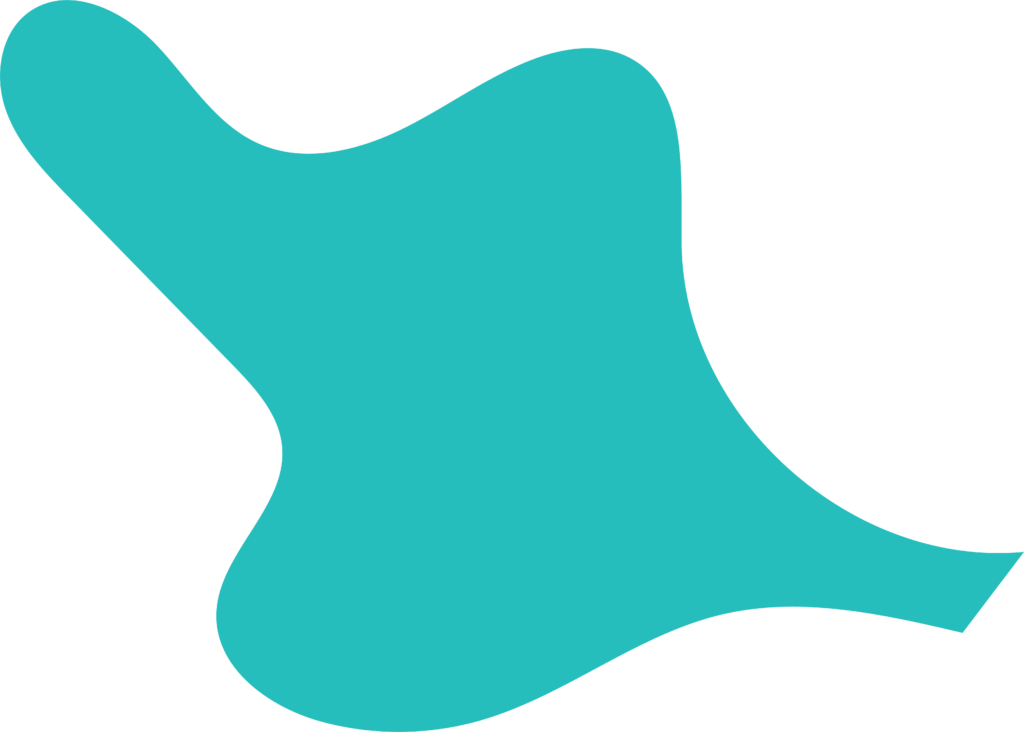Luxembourg may be one of the smallest nations in the world, at just over 2,500 square kilometers and around 670,000 inhabitants, but it packs a punch in the global life sciences ecosystem. With world-class research institutes, startup accelerators, and the country’s growing digital prowess, Luxembourg is attracting global talent and putting digital healthtech solutions front and center.
So, how did the Grand Duchy establish and grow its thriving research and startup landscape, and what is the vision for the future?



